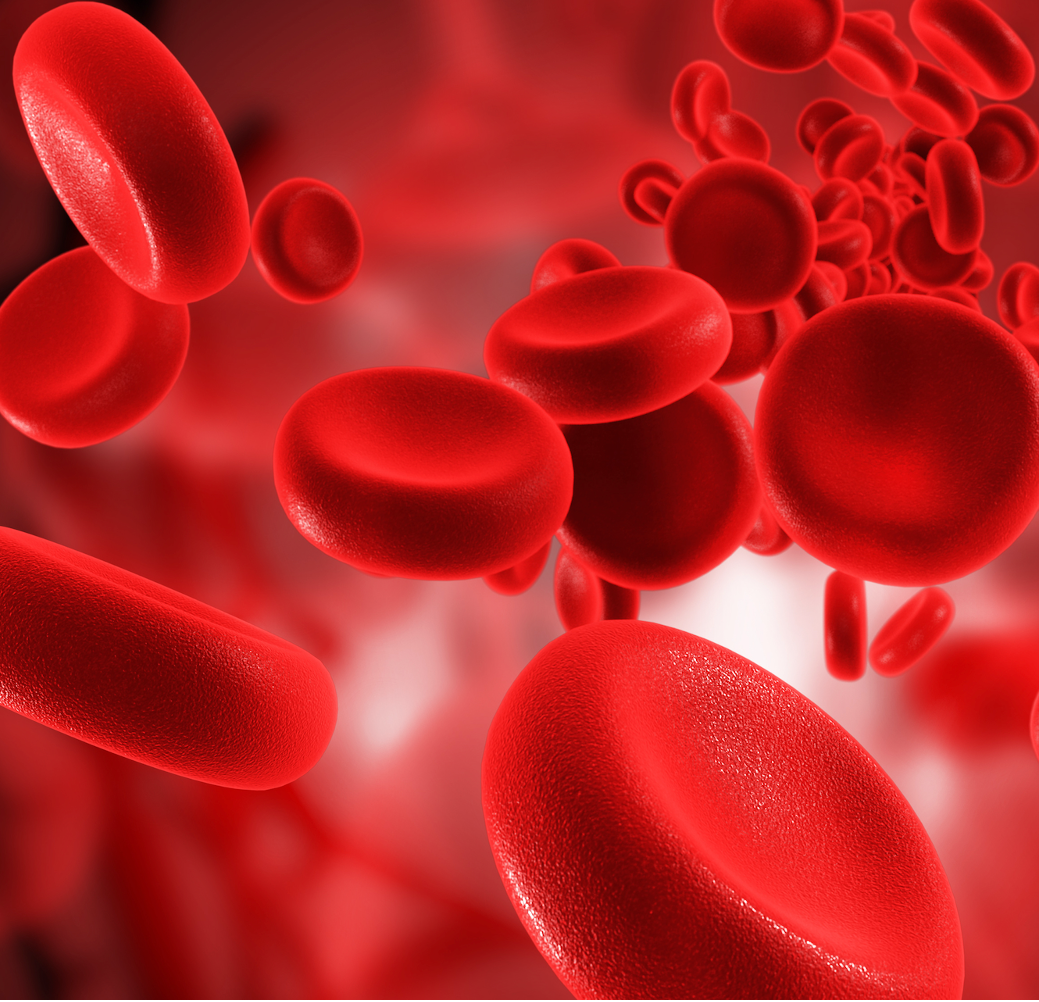TNFi Treatment did not Increase Incidence of Hematological Malignancies in Psoriatic Arthritis
Although the incidence rates were similar among those treated with TNFi and biologics-naïve patients, patients with psoriatic arthritis had a 35% increased risk when compared with the general population.
Although a moderately increased risk of hematological malignancies was observed in patients with psoriatic arthritis (PsA) when compared with the general population, treatment with tumor necrosis factor inhibitors (TNFi) was not linked to increased risk in this patient population, according to a study published in Rheumatic and Musculoskeletal Diseases.1

“Today, treatment with biological disease-modifying anti-rheumatic drugs (bDMARDs), especially TNFi, is a mainstay in several inflammatory diseases including PsA,” investigators explained. “Whereas emerging evidence do not indicate an excess risk of malignant lymphoma following TNFi treatment in patients with RA, corresponding data for PsA are sparse and limited by low power.”
Patients with active PsA starting a TNFi were identified from the clinical rheumatology registers (CRR) in 5 Nordic countries (DANBIO [Denmark], ICEBIO [Iceland], NOR-DMARD [Norway], ROB-FIN [Finland] and SRQ [Sweden]) (n = 10,621) and biologics-naïve patients with PsA from both the CRR (n = 18,705) and the national patient registers (NPR) in Sweden and Denmark (n = 27,286). In the Sweden and Denmark register, patients with PsA were matched 1:5 with the general population based on birth year, year at start of follow-up, and sex.
Information on hematological malignancies overall were identified by using the national cancer registers in all countries. The malignancies were then categorized into lymphoid and myeloid types. Incidence rate ratios (IRRs) were estimated via the modified Poisson regression for TNFi-treated versus biologics-naïve patients with PsA and versus the general population, adjusted for age, sex, country, and calendar period.
Of the 10,621 patients comprised of 59,827 person-years, 40 hematological malignancies were reported in the TNFi-treated group, with a pooled IRR of 0.96 (0.68-1.35) versus biologics-naïve patients (CRR) with an IRR of 0.84 (0.64-1.10) versus biologics-naïve patients from the NPR.
Overall, the IRR of hematological malignancies in patients receiving TNFi compared with the general population was 1.35 (0.98–1.86). Lymphoid and myeloid hematological malignancies were 1.39 (1.03–1.90) and 1.28 (0.73–2.24), respectively.
After pooling the data, the IRR of hematological malignancies in patients with PsA compared with the general population was 1.35 (1.17-1.55), with similar estimates for both lymphoid and myeloid malignancies (1.39 [1.03–1.90] and 1.28 [0.73–2.24], respectively). Although the incidence rates were similar among those treated with TNFi and biologics-naïve patients, patients with PsA had a 35% increased risk when compared with the general population.
The prospectively collected data from a large contemporary cohort with a long follow-up time strengthened the study and allowed investigators to look at lymphoid and myeloid hematological malignancy separately. Outcome misclassification risk was limited because the PsA diagnosis was made by a rheumatologist. Additionally, the matched general population cohort enabled further estimations of hematological malignancy risk in the entire PsA population.
However, missing data, such as smoking history and other lifestyle factors, were not included in the analysis and investigators could not obtain data on disease activity during the follow-up period. Lastly, the study lacked the statistical power to examine any associations between non-TNFi biologic treatments and hematological malignancies.
“Results showing no increased incidence of hematological malignancy in TNFi-treated compared with biological disease-modifying anti-rheumatic drug-naïve PsA patients, which is largely in line with findings from RA cohorts, provide reassurance to patients and physicians,” investigators concluded. “However, the underlying increased risk of hematological malignancies observed in patients with PsA in general compared with matched comparators merits further investigation into potential explanatory factors such as accumulated inflammation, autoimmune mechanisms, genetics, immunosuppression, viral infections and lifestyle factors.”
Reference:
Cordtz RL, Askling J, Delcoigne B, et al. Haematological malignancies in patients with psoriatic arthritis overall and treated with TNF inhibitors: a Nordic cohort study. RMD Open. 2022;8(2):e002776. doi:10.1136/rmdopen-2022-002776